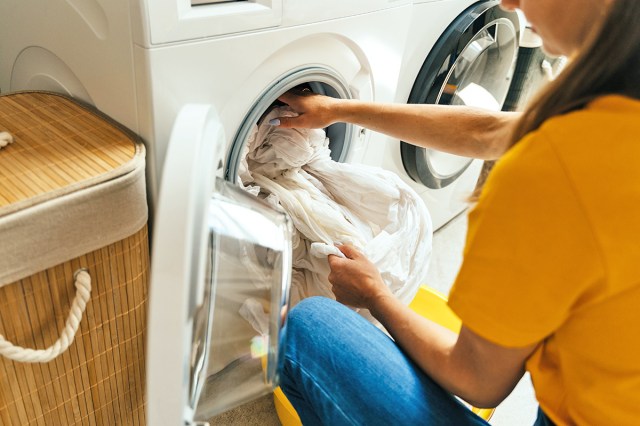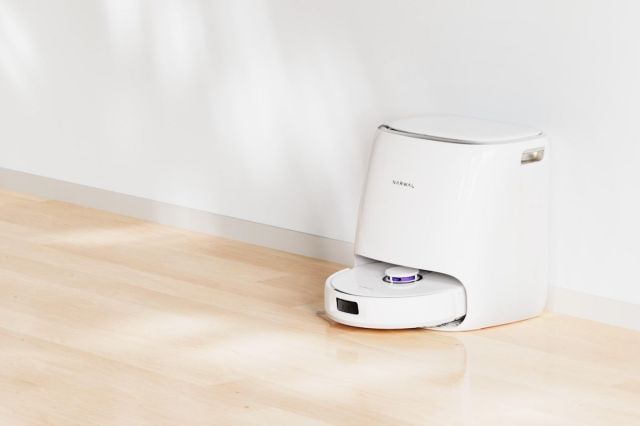All featured products and deals are selected independently and objectively by the author. Better Report may receive a share of sales via affiliate links in content.
We put a lot of time and thought into our clothes. Even for those of us who don’t consider ourselves fashionistas, we still have to pick them out, purchase them, wash, dry, fold, and sometimes even iron them. Whether you care about what you wear or not, you don’t want to be needlessly wasteful with your clothes, and hopefully make them last as long as possible.
However, there’s a laundry setting that’s quietly ruining clothes, making our stretchy leggings less elastic and brightly colored tops less vibrant. Maybe even shrinking our sweaters and ruining our lingerie.
Yep, it’s the hot water cycle.
There are times when washing in hot water is necessary, but most of the time, it can wreak havoc on your clothing. Let’s take a look at when to use it and what other options you have to keep your clothes clean and looking good.
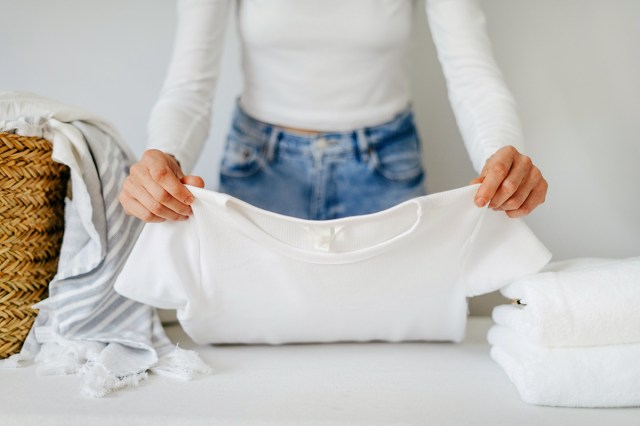
When to Use the Hot Water Cycle
So, if the hot water cycle is ruining our clothes, why would we ever use it? Well, as is often the case with heat, hot water is better at disinfecting and cleaning clothing than cold water. Washing your clothes at 130 degrees Fahrenheit or above (the typical temperature of a hot water cycle) is the best way to get rid of germs and bacteria. It’s also the best way to get rid of some stains.
However, hot water weakens the fibers of clothing more than cooler temperatures do, causing pilling, thinning, shrinking, and fading. Only use the hot water cycle to keep your whites very white and to wash clothing that needs serious cleaning, like cloth diapers, socks, and cotton underwear. It’s also fine for towels and sheets. Pre-shrunk clothing won’t shrink more in hot water, but could still deteriorate like other fabrics, so use hot water sparingly.
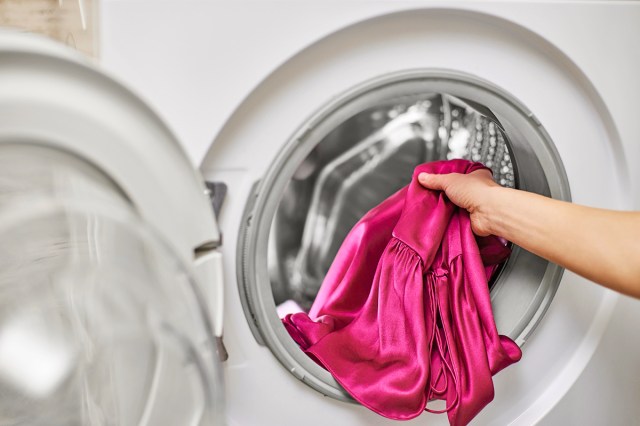
When to Use the Cold Water Cycle
Washing in cold water has a few advantages. It doesn’t break down clothing fibers as quickly, so it helps clothes last longer and bright colors stay vibrant. It also uses less energy since your machine isn’t heating water. Washing clothing in cold water can even help prevent wrinkles since it’s less damaging to easily wrinkled fabrics like linen and cotton.
Because it’s gentler on clothing, cold water is best for delicate fabrics like lace and silk. It’s also best for any cashmere or wool items you wash to avoid shrinking. Exercise clothing with spandex, leggings, and other stretchy clothes are also best washed in cold water.
Reader Favorites
Wash any clothing that needs mild cleaning rather than serious disinfecting in cold water. Pants, sweaters, most shirts, and hoodies can all be washed in cold water.
It’s worth noting that some detergents don’t fully dissolve in cold water. If you find this to be a problem, look for cold water laundry detergents. If you have lots of delicates, you may also want to get a gentle lingerie detergent and a wool and cashmere detergent that is formulated for knitted clothing.
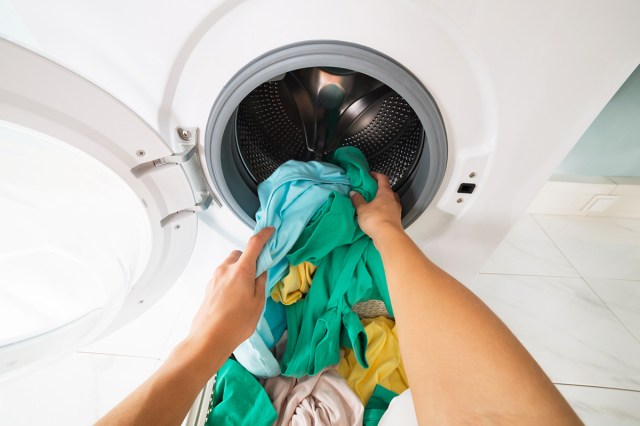
A Nice Compromise
A warm water cycle can be a good alternative to hot water in some cases. Warm water cycles use water that is between 90 and 110 degrees Fahrenheit. This cycle is nearly as effective as hot water for general cleaning, including shirts, socks, pajamas, jeans, and other moderately dirty clothes. It’s a good middle ground, getting clothes cleaner than cold water without wearing them down as much as hot water does.
Warm water is good at removing body oils, sweat, and light stains in clothing. It’s also better than cold water for dissolving laundry detergent and loosening up dirt and grime.
Use the hot water cycle for anything needing serious disinfecting, the cold water cycle for anything delicate, stretchy, or brightly colored, and the warm water cycle for anything needing a moderate amount of cleansing. Your clothes (and your wallet) will thank you.
Featured Image Credit: Iryna Inshyna/ Adobe Stock
More From Our Network
Better Report is part of Inbox Studio, which publishes content that uplifts, informs, and inspires.
